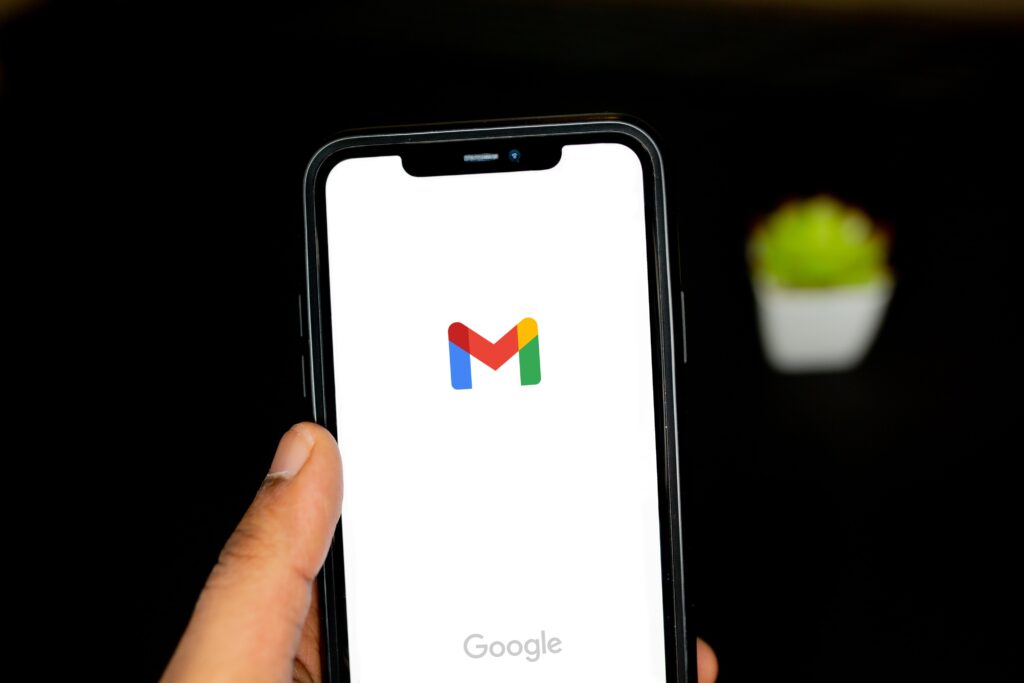“Every new beginning comes from some other beginning’s end”
-Semisonic
Google is announcing closing time for inactive Gmail accounts. (Taking a cue from Semisonic, maybe?). Starting December 2023, Google will begin a new initiative to identify and remove all inactive users from its platform. Google’s definition of an inactive account is one that has not been used within a 2 year period. Evidence of activity would include any of the following:
- Reading or sending an email
- Using Google Drive
- Watching a YouTube video
- Sharing a photo
- Downloading an app
- Using Google Search while logged in under said account
- Using Sign in with Google to sign in to a third-party app or service

Google will be administering service notifications to any account that has been deemed inactive (including notifications to recovery emails, if one exists). Still, we expect some fallout. To stay above the fray, and to ensure that there is no negative impact to your email deliverability, you’ll want to plan and prepare accordingly. With this in mind, let’s take a quick look at how this inactive account policy could impact your email deliverability and what you can do to prevent that from happening.
Sending to inactive accounts damages your deliverability and reputation
As marketers, I think it’s safe to assume that we’re aware of the problematic nature of email bounces and blocks. However, in 2023, we must place just as much emphasis on the number of unengaged subscribers we have in our lists. Repeatedly sending to unengaged subscribers can actually hinder your ability to consistently reach the inbox, even to the contacts that ARE actively engaging. These addresses are more likely to bounce, mark an email as spam and they often turn into spam traps.
If these contacts are still in your active mailing lists, no need to worry – in a sense, Google is simply providing us with added incentive to make sure these contacts are no longer active come December. But how do we do that?
List cleaning, segmentation and reengagement for inactive Gmail accounts
For healthy deliverability, your reputation as a sender is at the head of the table. While there are many factors that go into your sender reputation (authentication, historical engagement, content, etc.), the quality of your data is paramount. There are different ways in which we keep our lists clean and up-to-date, but let’s start with what we’ll need to do to prepare for this Google update first.
1. Identify Inactive Gmail Accounts
To do this, let’s lean on Act-On’s sophisticated segmentation functionality. We will want to create segment(s) from our contact base consisting of contacts that were created more than two years ago, and have not registered a single email open. These contacts should also contain an email address that includes “gmail.com”. Here’s an example of how we can build this segment of contacts:
2. List Cleaning for Inactive Gmail Accounts
Now that we know which contacts to target, we’ll want to utilize either a list cleansing or list validation service. For a list cleanse, I suggest using Webbula. Webbula is going to be most useful when you’re concerned about the reputational impact of spam traps or blocklists, and we’re not sure how or when the addresses were collected. A Webbula list cleanse will help protect you from getting blocked due to mailing bad contacts.
Additionally, for Act-On customers, we offer the ability to perform list validation via Neverbounce. Neverbounce is useful when you are either sending to new, unverified email addresses, or contacts you haven’t emailed in over 6 months to a year. A Neverbounce list validation helps find out which emails are invalid. If you’re a customer, please contact your Account Manager for more information on how Act-On can assist you with your list cleaning practices!
With results from Webbula and/or Neverbounce, we now know which addresses to remove immediately. This includes both harmful, or “dirty” data, as well as invalid, typo email addresses. These addresses will need to be imported directly into your account’s Opt-Out list.
3. Reengagement Opportunity and Sunset Policy for Inactive Gmail Accounts
Lastly, let’s give these subscribers a final opportunity to confirm their interest with us and ensure that they have provided an address to an account that is still in use. A reengagement campaign or email is a great way to do that – it has one purpose and includes only one call to action: “Do you still want to get our emails”? It should serve as the last touch point with a user before you remove them from your email list.
If you’ve never created a reengagement campaign before, we have you covered! Our Campaign Playbook takes a deep dive into how you can go about getting this setup.
4. Plan Ahead for Google’s Inactive Account Policy
Utilizing segmentation, list hygiene services, and reengagement strategies shouldn’t be a one-time initiative. Moving forward, we suggest implementing a sunset policy. This will help you filter and remove unengaged or inactive subscribers on a regular basis. The goal of implementing a sunset policy is to improve your engagement rates and email deliverability.
We also want to use confirmed opt-in processes. This is the best way to keep clean, high-quality contacts. It will also preserve your sender reputation from bounces, spam traps, and blocklists. Best of all? It keeps your subscribers happy!
Conclusion: Be prepared, and ask for the help you need!
As the saying goes, preparation is everything. These best practices will go a long way in ensuring we are in Google’s good books and while there is still time to put these processes in place, let’s not wait too long. And remember, for current Act-On customers, our dedicated deliverability team is here to help!
Not a customer? Want to have the assistance of a world class deliverability team on your side? Sign up for a demo of Act-On!
